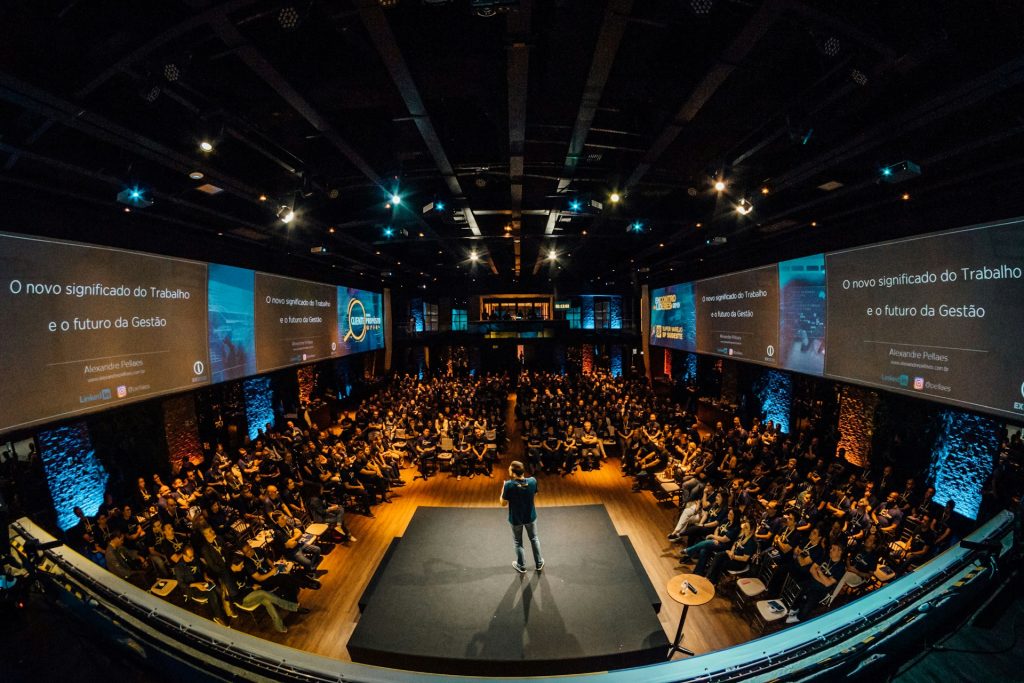Mass communication is a fascinating and multifaceted field that plays a critical role in disseminating information to large audiences. Understanding its features can help us appreciate how it shapes public opinion, provides entertainment, and serves as a watchdog for society. This article explores the 12 key features of mass communication, highlighting its importance in the contemporary world.
The Scope of Mass Communication
Mass communication refers to the process of transmitting information, ideas, and attitudes to a large, diverse audience through various media channels. It encompasses traditional forms such as newspapers, radio, and television, as well as digital platforms like social media and online news sites. The expansive reach of mass communication makes it a powerful tool for influencing public discourse and behavior.
1. Large Audience
One of the fundamental features of mass communication is its ability to reach large audiences simultaneously. Unlike interpersonal communication, which occurs on a one-to-one basis, mass communication targets vast numbers of people at once. This feature is crucial for disseminating news, cultural content, and public service messages to a wide demographic spread across different locations.
2. Mediated Channels
Mass communication relies on mediated channels to convey messages. These channels can be print, electronic, or digital media. The use of mediated channels allows messages to be crafted, edited, and broadcasted efficiently, ensuring they reach the intended audience promptly. This feature of mass communication enables the seamless delivery of content across the globe.
3. Public Accessibility
Another key feature of mass communication is its public accessibility. The content is generally available to everyone, although access may depend on factors like geography, economic status, and technological infrastructure. Public accessibility ensures that people from various backgrounds can receive information and engage with media content, fostering a more informed society.
4. Diverse Content
Mass communication is characterized by its diverse content, catering to a wide array of interests and preferences. From news and educational programming to entertainment and advertising, the content delivered through mass media is as varied as the audience it serves. This diversity is one of the defining features of mass communication, allowing it to address different segments of the population effectively.
The Impact of Technology on Mass Communication
Technological advancements have significantly transformed the landscape of mass communication. The following features highlight how technology has influenced the way information is produced and consumed.
5. Digitalization
Digitalization is a pivotal feature of mass communication in the modern age. The shift from analog to digital formats has revolutionized how media content is created, distributed, and consumed. Digital platforms have expanded the scope of mass communication, making it more interactive and accessible to a global audience.
6. Interactivity
The rise of digital media has introduced interactivity as a notable feature of mass communication. Unlike traditional media, digital platforms allow users to engage with content actively. This interactivity encourages audience participation, enabling people to comment, share, and create content themselves. Interactivity enhances the user experience and fosters a two-way communication process.
7. Instantaneous Communication
Instantaneous communication is another feature of mass communication facilitated by technology. News and information can be transmitted in real-time, ensuring that audiences are promptly informed about current events. This immediacy helps maintain the relevance of media content and allows for swift responses to unfolding stories.
8. Global Reach
The global reach of mass communication is largely attributed to technological advancements. Digital media allows content to be distributed worldwide, transcending geographical boundaries. This feature of mass communication enables the sharing of diverse perspectives and cultural exchanges on a global scale, promoting a more interconnected world.
The Role of Mass Communication in Society
Mass communication serves various functions in society, contributing to cultural, social, and political processes. The following features illuminate its societal roles.
9. Agenda-Setting
Agenda-setting is a significant feature of mass communication, whereby media outlets influence the public agenda by selecting which issues to highlight. Through repeated coverage and emphasis, the media can shape public perception and prioritize certain topics over others. This feature underscores the power of mass communication in directing societal attention and discourse.
10. Cultural Transmission
Mass communication plays a crucial role in cultural transmission, one of its essential features. By disseminating cultural norms, values, and traditions, media content helps preserve and propagate cultural heritage. It also introduces audiences to diverse cultures, fostering understanding and appreciation of global diversity.
11. Surveillance
Surveillance is a critical feature of mass communication, involving the monitoring and reporting of events and developments. Media outlets act as watchdogs, providing essential information about societal issues, government actions, and global events. This function helps keep the public informed and holds institutions accountable.
12. Entertainment
Mass communication also serves as a primary source of entertainment. Through movies, music, television shows, and online content, media provides audiences with leisure and escapism. This entertainment feature of mass communication is vital for relaxation and stress relief, contributing to the overall well-being of individuals.
Conclusion
The features of mass communication are integral to understanding its impact and significance in modern society. From reaching large audiences and providing diverse content to leveraging technology for global communication, mass communication shapes how we perceive and engage with the world. Its role in agenda-setting, cultural transmission, surveillance, and entertainment underscores its multifaceted nature and enduring influence. As technology continues to evolve, the features of mass communication will undoubtedly adapt, further transforming the way we connect and communicate on a global scale.
